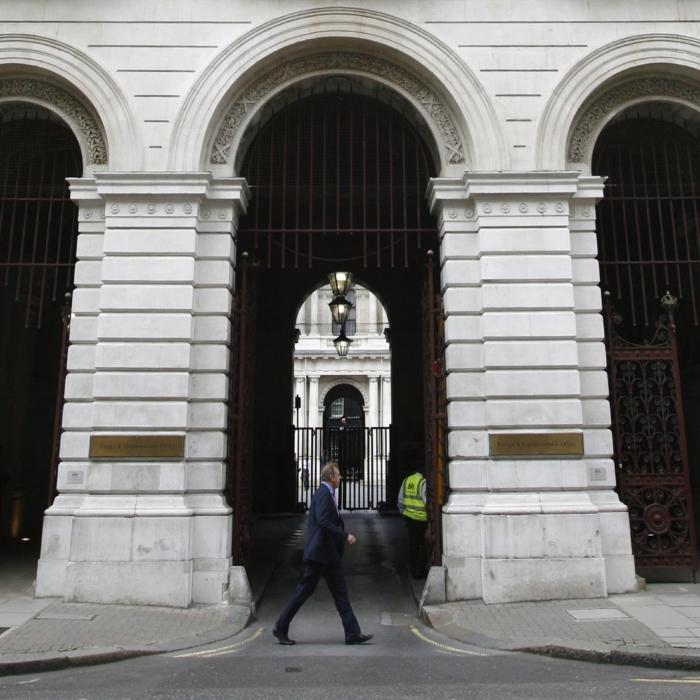Taxpayers’ money is being used to fund projects in areas of China, Mexico, and Malaysia wealthier than parts of the UK, a report has said.
The wealthiest, Ordos in China, has a GDP per capita of £27,000, which is more than the GDP of 69 regions in the UK.
The IEA said that this allocation of development funds to wealthy regions means less money for poorer parts of the world, undermining efforts to tackle global poverty.
Shangai All-Female Opera
Five areas in China, two in Mexico, and Kuala Lumpur in Malaysia were found by researchers to be relatively wealthy regions in receipt of ODA over the past five years.Projects funded in China—the world’s second-largest economy—included reintroducing the Shanghai All-Female Yue Opera to modern urban audiences through digital media. Funding also went on a rural crafts exhibition in Shenzhen, which aimed to integrate heritage crafts into the contemporary urban economy.
Shanghai has a GDP per capita of £19,520, comparable to Redbridge and Waltham Forest which have a GDP of £20,572. Shenzhen’s GDP of £21,512 is only slightly lower than Southend-on-Sea, which has a GDP of £21,520.
China’s capital Beijing received funding for a project looking into shaping policy and developing technological solutions to mitigate the health impact of air pollution. Beijing has a GDP of £20,712, slightly higher than the Devon seaside town of Torbay (£20,669).
In Mexico City, which has a GDP per capita of £19,292, British taxpayers funded a project aimed at developing “smart city solutions” for climate change adaptation. One initiative in receipt of international aid recommended a temporary cycle lane be made permanent, and another was for education into FinTech and crowdfunding.
Aid Eligibility
The IEA report said that “Robin Hood in reverse” aid is “arguably against the spirit of the International Development Act 2002, which states that poverty reduction must be central to all activities.”However, the paper says, it does not fall afoul of the definitions of ODA as set out by the OECD’s Development Assistance Committee (DAC), which is one of the sources of governance used for UK overseas aid spending.
The paper recommends an amendment to the International Development Act requiring that the DAC’s income-level cut-offs be applied in a two-step process: “first at the country level and then at the regional level.”
Asylum Seeker Costs
Data published by the Foreign, Commonwealth, and Development Office (FCDO) earlier this year showed that more than a quarter (27.9 percent) of ODA was spent on supporting asylum seekers and refugees in the UK, totalling £4.28 billion in 2023.While such spending—“in-donor refugee costs”—is allowable, it garnered criticism for reducing the amount of aid spent overseas.
Sarah Champion, then-chairwoman of the International Development Committee, called the rise in costs “deeply worrying,” saying in April: “Almost 30 percent of our aid is being spent on refugee costs—nearly five times our bilateral spend on emergency international humanitarian aid. We do not believe that UK ODA is being spent in the spirit of the OECD rules.”
In 2013, the UK committed to spending 0.7 percent of GDP on foreign aid, with the commitment enshrined in law in 2015. The UK had consistently met the target until 2021, when it was temporarily lowered to 0.5 percent owing to the economic impact of the COVID-19 lockdowns—though spending last year did reach 0.58 percent.
The Epoch Times contacted the FCDO for comment.







